Taiko no Tatsujin: Rhythmic Adventure Pack is a repackaging of two 3DS games from the early 2010s, Taiko no Tatsujin: Rhythmic Adventure and Taiko no Tatsujin: Mystery Adventure. It’s part rhythm game, continuing the long-running Taiko no Tatsujun rhythm series with its unique drum sounds. It’s also part RPG, with two separate story modes spanning across time and the entire world.
Perhaps it’s trying too hard to be too much, or perhaps it’s just a case where older games should be left in the past, but Taiko no Tatsujin: Rhythmic Adventure manages to fall short in every area.
Taiko no Tatsujin: Rhythmic Adventure Review —Skipped Beat
Taiko no Tatsujin: Rhythmic Adventure is technically two games — Rhythmic Adventure and Rhythmic Adventure 2 — but mechanically, they’re both essentially the same.
In the first, Don and Katsu are preparing for a taiko festival when they’re interrupted by a strange rabbit called Tocky muttering about time. A foursome of baddies appears, led by the evil Dr. Timedyne, and steals Tocky’s pocket watch friend Ticky.
Before leaping back in time, the dynamic drummers face off against Pietro — a flamboyant man with stubble and a dress, whose insensitive design absolutely should have been altered for this re-release.
From there, Don, Katsu, and Tocky embark on an adventure through the ages, befriending various historical personages such as Nobunaga and Marie Antoinette along the way. There’s a plot somewhere in there, and it’s about as predictable as you’d expect from the setup.
The second game is similar but sees Don and Katsu travel the world instead of traveling through time.
Silly, predictable stories are fine sometimes. This is a game about adorable talking drums, so you’d expect a cute yet daft story with cute and daft characters. But Rhythmic Adventure’s characters just… aren’t?
Don’s optimism is infectious, and Katsu’s foolishness earns a few grins, but everyone and everything else is too bare-bones to even warrant a hint of attachment.
Coupled with cheap character designs like Pietro’s and lackluster localization (more on that in a bit), Rhythmic Adventure just seems like a throwaway effort to pad out the traditional Taiko rhythm game.
The RPG mechanics only add to the feeling. Don makes friends with various monsters and people in Rhythmic Adventure 1, and they join your party of playable characters. Katsu exists just to run into walls apparently and isn’t playable.
They each have HP added to the party total and stats of their own, plus a specific monster type (not the humans, obviously) with a unique ability. Don occasionally comes across a special equippable item that amplifies these species-specific abilities and could come in handy for tougher fights.
But none of it matters. Combat in Rhythmic Adventure uses the regular Taiko rhythm game mechanics, with some added traps you run no risk of activating on accident between notes. As long as you hit the right notes at the right time, you’ll win. Getting too many “Ok” hits in a row means you’ll take some damage, but even on hard, you probably won’t lose until later on, when the song selection throws in the odd difficult song or two.
Like silly stories, easy games are fine. Rhythmic Adventure’s RPG trappings just don’t fit its combat — and aren’t even necessary.
Additionally, each area has a very limited roster of battle songs and far too many random encounters. The core rhythm game is fun, sure, but hearing the Yo-Kai Watch anime theme 10 times in a row can ruin even the best gameplay. And it does.
All in all, there’s a distinct sense the game is still at the concept stage and needed either more time or more care, which is saying something considering both are over five years old. Straight ports are fine when they work, but these two don’t.
Rhythmic Adventure 2 does away with random encounters, replacing them with shadows you’ll invariably run into anyway. It makes environments less linear, with no reason to explore them. The combat system gets extra layers, with no need to use them, and most fights end in draws because the song ends before you defeat the enemy.
In short, despite the appearance of improvements, it ultimately makes the same mistakes, only worse in some regards.
The need for more time and care is evident in the localization as well. Bandai’s non-flagship titles have a reputation for sometimes shoddy localization, and Taiko no Tatsujin: Rhythmic Adventure is no exception.
Dialogue in the first adventure is throwaway at best, just by nature of the story. But it’s also awkward and often stilted, with several mistakes that make me wonder how Bandai handled the localization in the first place.
The localizer’s nightmare phrase “it can’t be helped” pops up more than it should, but then you get instances such as the Palace of Versailles. Every woman in the palace is called Big Sister, which makes me wonder if Bandai opted for a machine translation in parts. Whatever the case, it just makes Rhythmic Adventure feel even flatter, and it doesn’t help that no one ever stops talking.
Rhythmic Adventure 2 is a bit better in places, though it only makes the need for improvement more apparent. This time, Don and Katsu accompany a good witch and her monkey familiar around the world to recover treasures protecting the world.
It’s evident in some areas a writer or editor tried injecting more character, but the tone and speaking style often change even in the same stretch of dialogue.
Playing both Rhythmic Adventure games felt like a chore. Both adventures have Taiko mode, the standard Taiko no Tatsujin rhythm game, though these, too, come with issues.
Taiko no Tatsujin’s brand of rhythm game shares its DNA with Donkey Konga. You press buttons corresponding to a specific part of the drum — or hit the actual drum if you have the drum controller — and swap between a few different pattern combos on the fly.
Aside from the basic one- and two-button presses, there’s a drumroll where you press the buttons as fast as possible and a special that boosts your completion meter where you… press the buttons as fast as possible. There’s not much variety, but things get wildly hectic on normal and Oni/extreme modes.
While all this unfolds at the top of the screen, animals from Japanese folklore enact little scenes or dance along underneath the rhythm meter. It’s adorable, even more so with Taiko no Tatsujin’s bright, distinct art style.
So it’s a shame that just when you really feel like you’re getting into the rhythm, it’s over.
Few songs last longer than two minutes, even when the real song itself is anywhere between three and five minutes or longer.
Total, both Taiko modes feature over 100 songs split across J-Pop, anime, games, an assortment of classical music, and some Bandai “originals.” On paper, that’s a great idea. So much variety! In practice, it’s actually a detriment. It soon becomes evident the rhythm game portion is as much a novelty as the RPG adventure mode that needs more depth.
Randomness seemingly rules the selection. You’ve got a grand total of five J-Pop songs, such as the popular “Marigold.” Rhythmic Adventure 2’s Taiko mode has almost exclusively Tohou music for its game section.
There’s one Kirby song, two Studio Ghibli songs, a handful of popular anime themes, and three Yo-Kai Watch songs, which is three too many. The lack of depth in each genre and the overall brevity of each song means there’s just not much to dig into.
Taiko no Tatsujin: Rhythmic Adventure Review — The Bottom Line
Pros
- Beautiful, distinct art style
- Fun rhythm gameplay while it lasts…
Cons
- … which isn’t long. Gameplay gets stale fast
- Breadth instead of depth in song variety makes it feel shallow
- Half-baked adventure modes that work against themselves
- Localization needs improvement
- Who decided Pietro’s design was still okay and didn’t need changing?
Taiko no Tatsujin: Rhythmic Adventure doesn’t offer enough variety in songs to make an easy recommendation, and it certainly falls short with its adventure modes. There are better rhythm games on Nintendo Switch for the same price or less.
[Note: Bandai Namco provided the copy of Taiko no Tatsujin: Rhythmic Adventure Pack used for this review.]

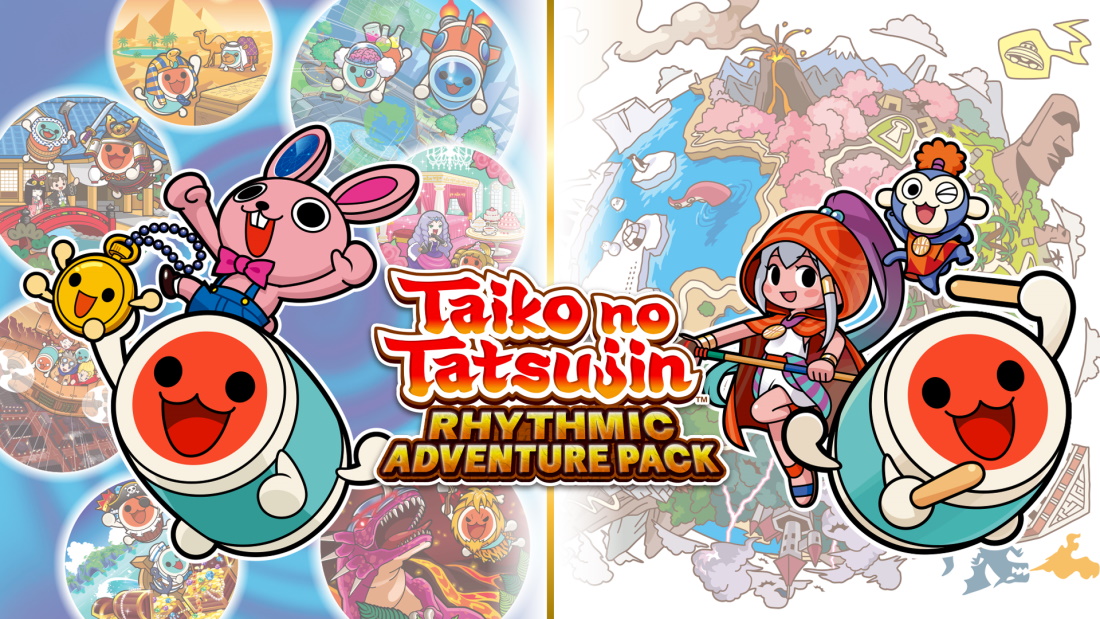
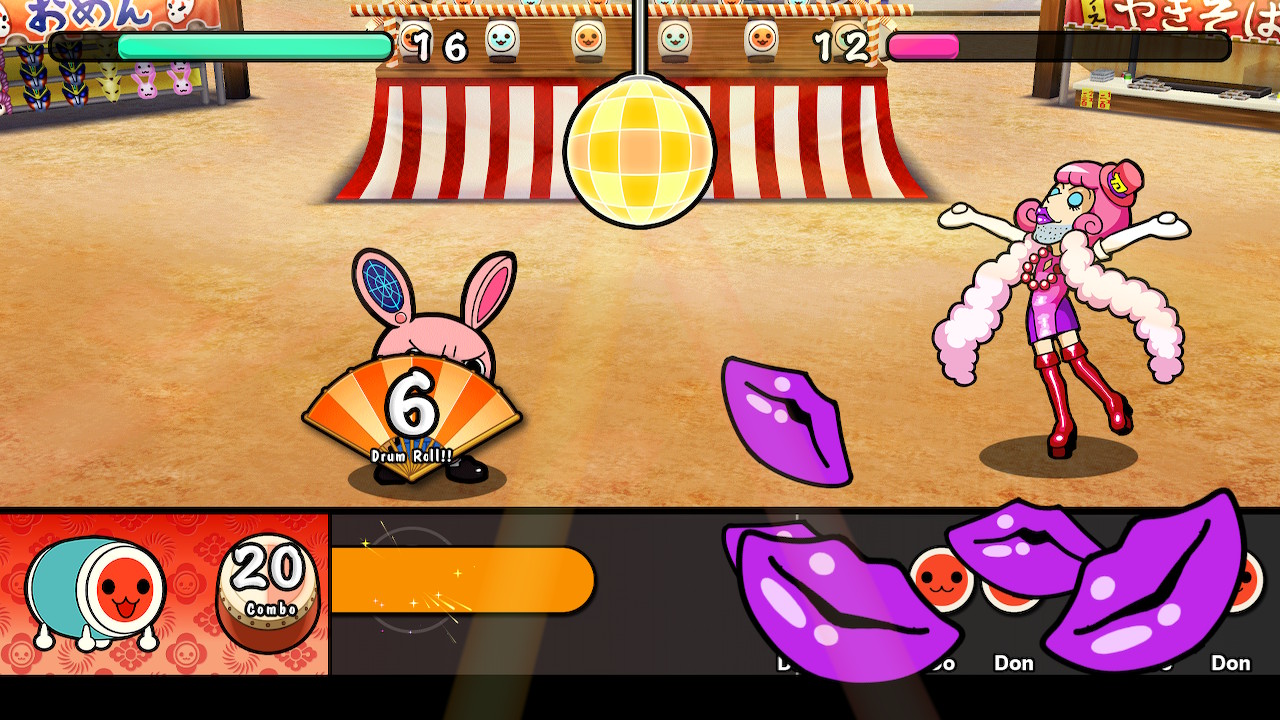
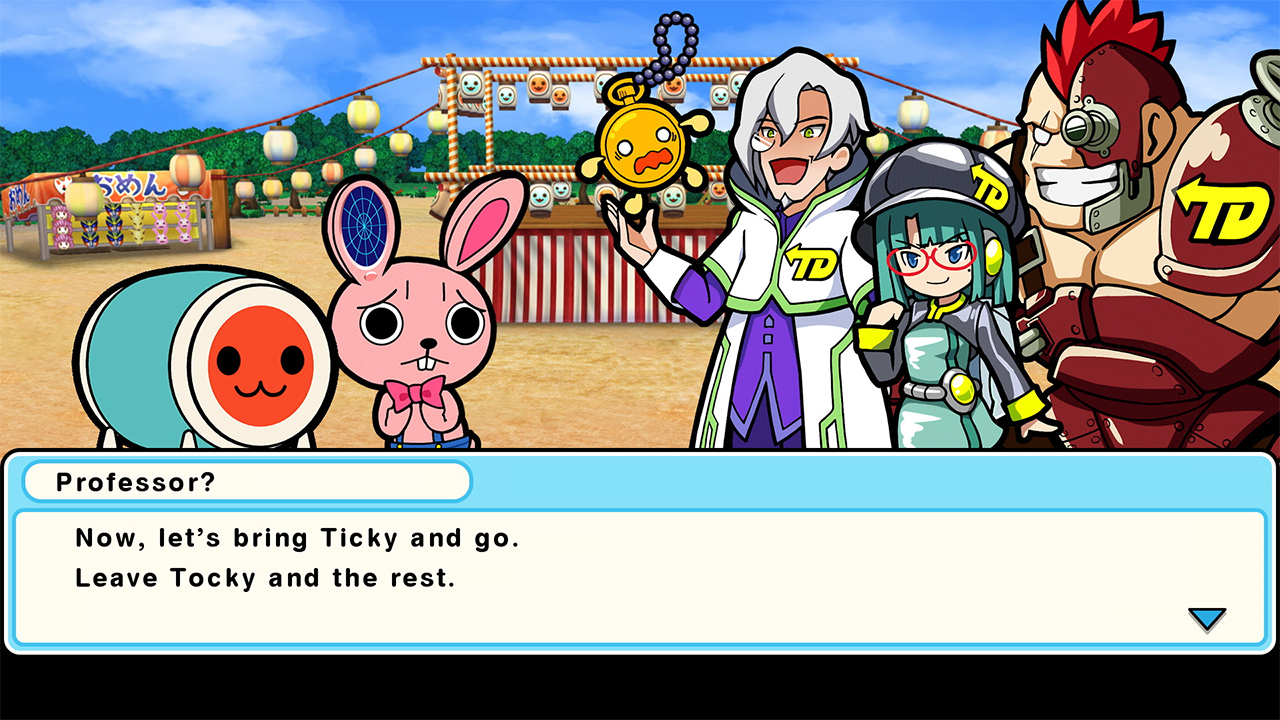
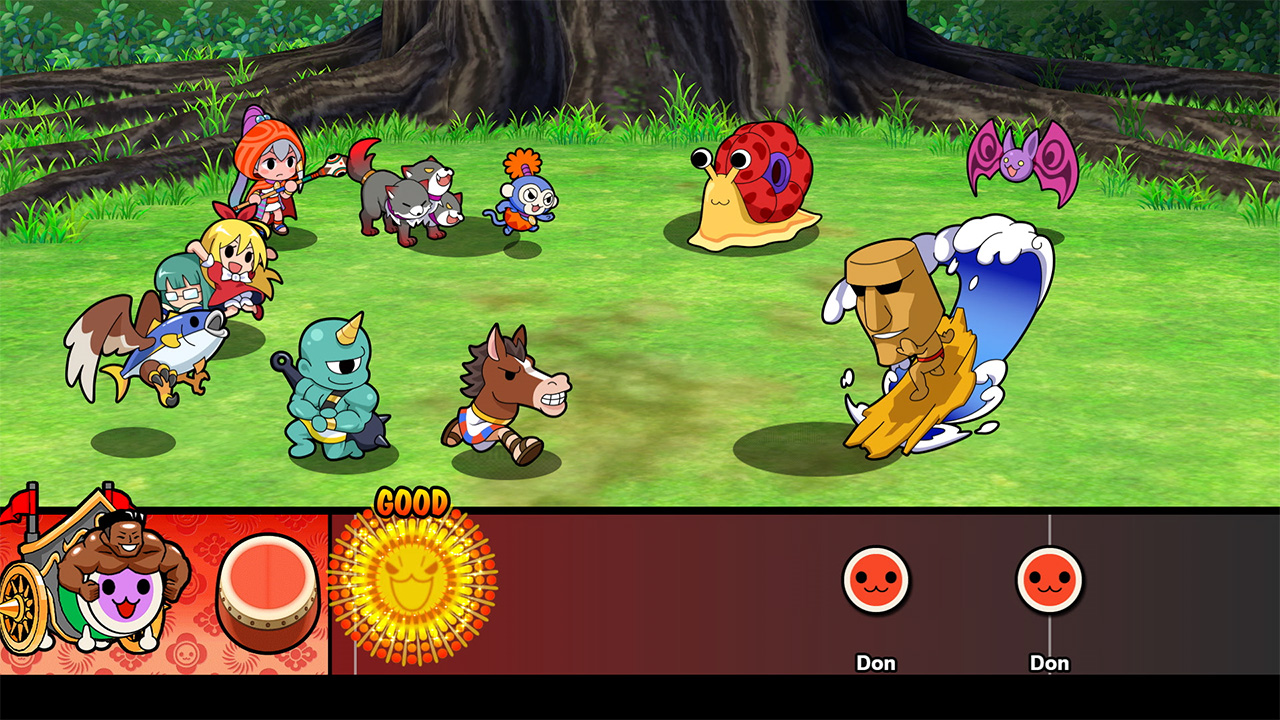
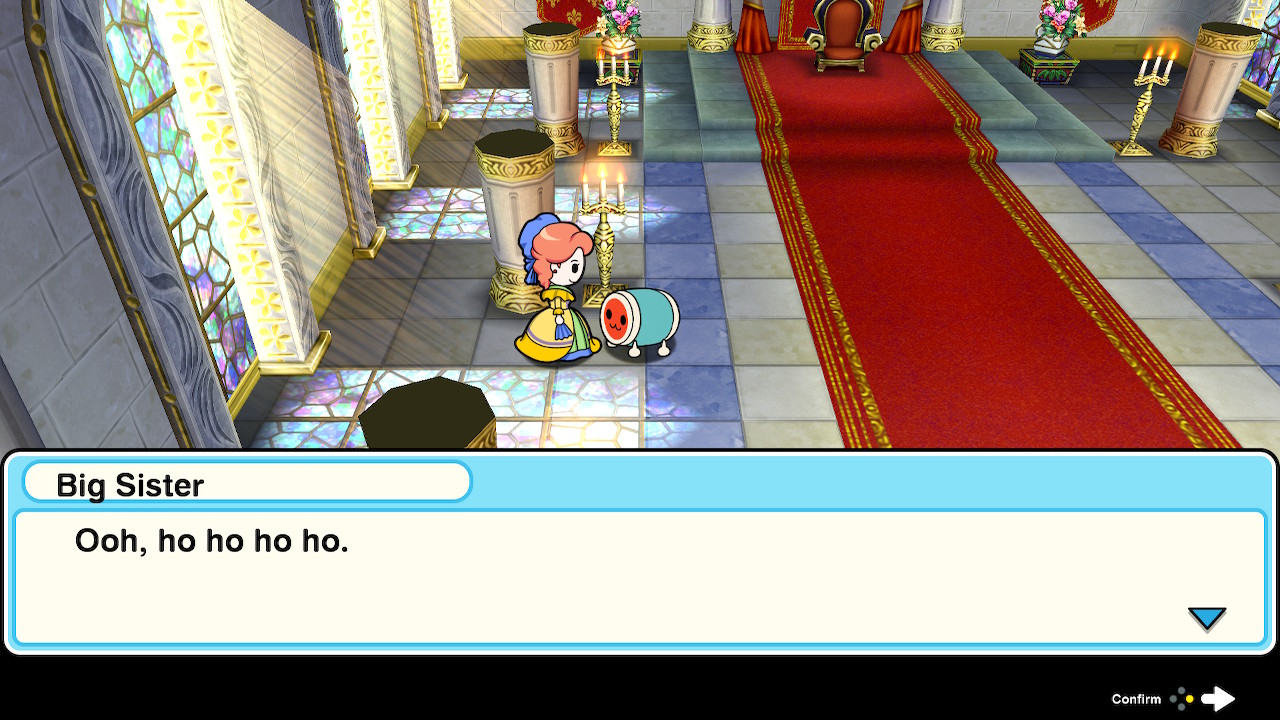
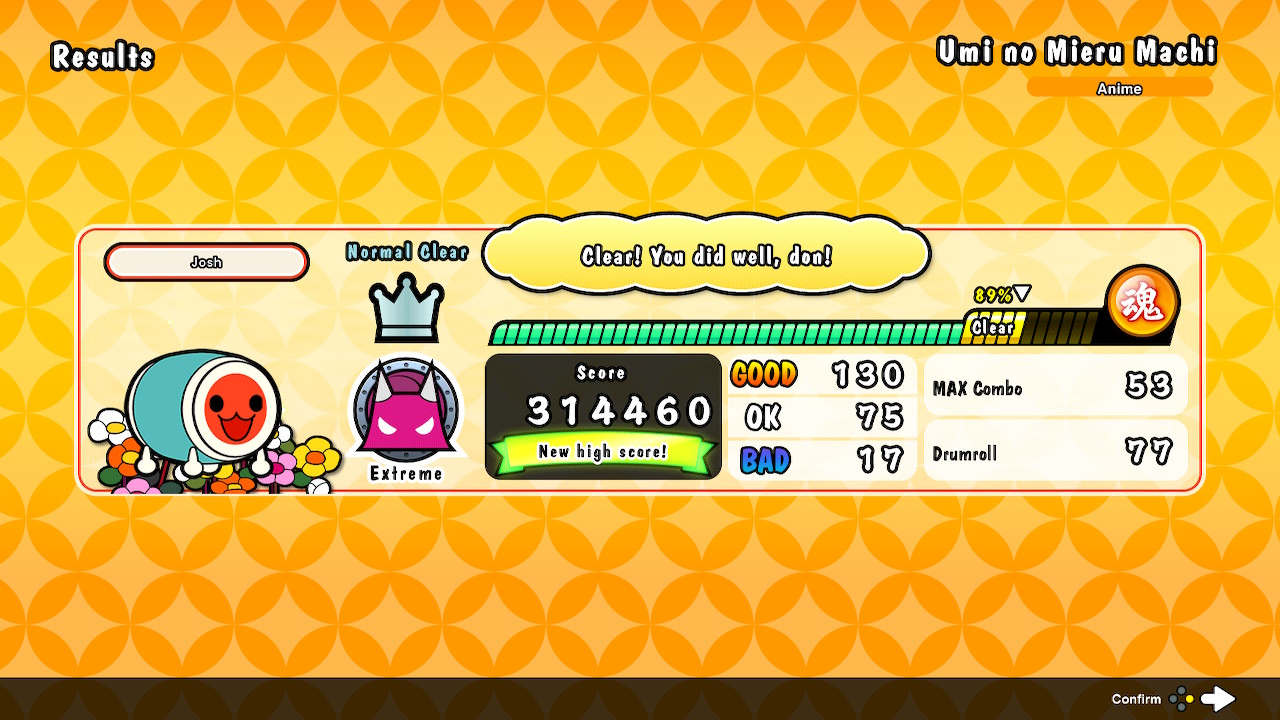
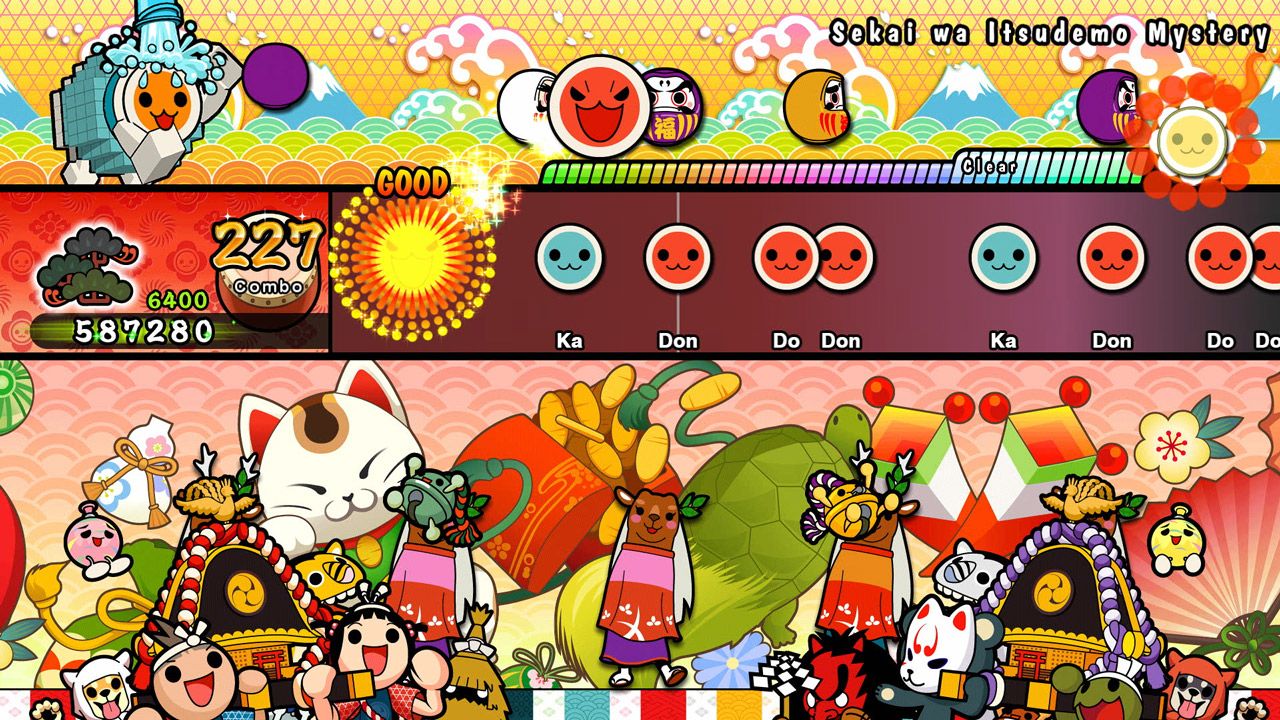





Published: Dec 9, 2020 04:38 pm